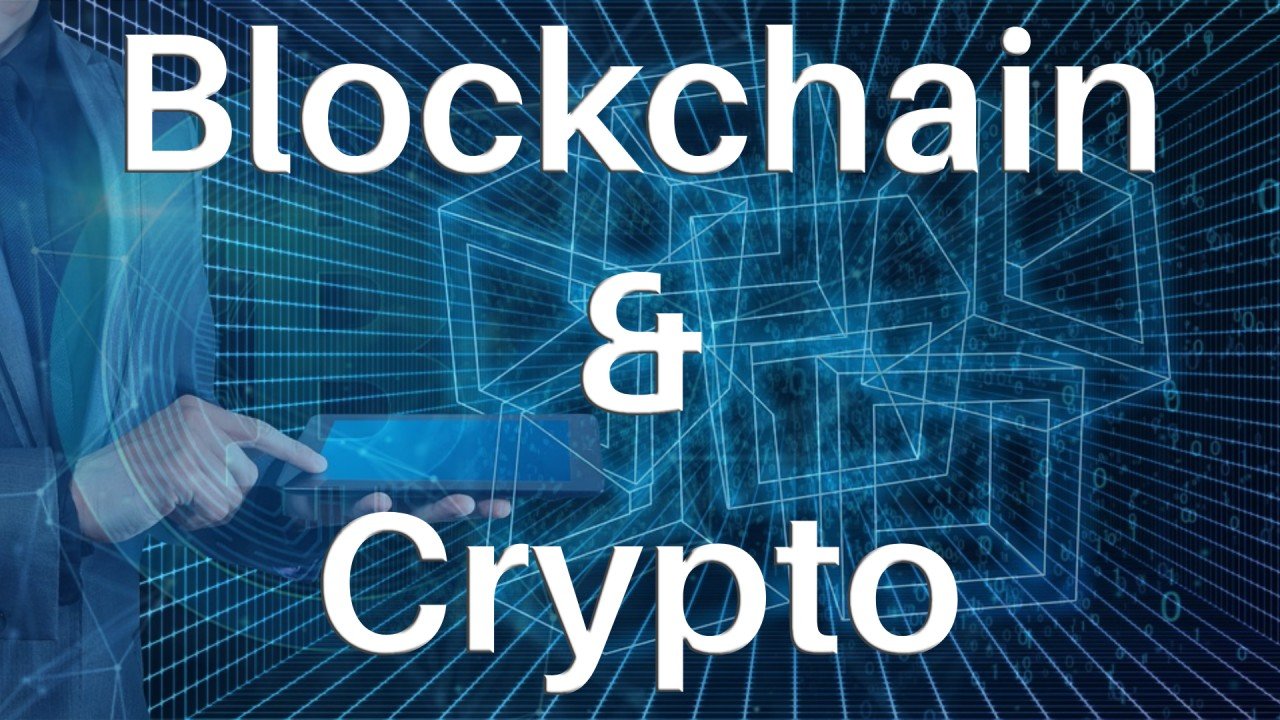The world of finance is evolving rapidly, and at the heart of this transformation are two powerful forces: blockchain technology and credit money. Together, they are reshaping how we borrow, lend, store, and invest. With the rise of Decentralized Finance (DeFi), the traditional financial system is facing disruption like never before. This blog explores how blockchain is changing the nature of credit money and unlocking new financial opportunities for individuals across the globe.
Understanding Credit Money in Traditional Finance
Credit money refers to money that is created through lending activities. Unlike fiat cash, which is printed by central banks, credit money exists in the form of digital entries in banking systems. When a bank issues a loan or credit card, it essentially creates new money based on a promise to repay. This system has supported economic growth for decades but is also tightly controlled by centralized institutions.
Limitations of traditional credit money systems include:
High-interest rates
Long approval processes
Dependence on credit scores
Limited access in underbanked regions
What is Blockchain?
Blockchain is a distributed ledger technology that records transactions across a network of computers. It ensures transparency, security, and immutability. Unlike traditional databases, no single authority controls a blockchain, making it an ideal foundation for decentralized financial applications.
Key features of blockchain:
Transparent and tamper-proof transactions
Smart contracts for automated execution
Peer-to-peer interactions without intermediaries
Global accessibility
The Emergence of Decentralized Finance (DeFi)
DeFi refers to financial services built on blockchain networks, especially Ethereum. These services allow users to borrow, lend, earn interest, and trade assets without traditional banks. With DeFi, credit money is no longer created by central banks but through decentralized protocols that rely on smart contracts and cryptocurrency collateral.
Common DeFi platforms and services:
Lending protocols (Aave, Compound)
Decentralized exchanges (Uniswap, Sushiswap)
Stablecoins (DAI, USDC)
Yield farming and liquidity pools
How Blockchain is Transforming Credit Money
Decentralized Lending: Anyone can become a lender or borrower without needing approval from a bank. This creates global access to credit.
Smart Contracts: Loans are governed by code, reducing paperwork, fraud, and delays.
Crypto Collateral: Borrowers lock crypto assets (like Ethereum or Bitcoin) to receive stablecoins or other tokens.
Transparent Risk Management: All lending and borrowing activities are visible on the blockchain, increasing accountability.
Lower Costs: With no middlemen, users pay less in fees and interest.
Benefits of DeFi and Blockchain-Based Credit
Financial Inclusion: People without a credit history or access to banks can still borrow and lend.
Real-Time Transactions: Instant loan approvals and payments.
Global Participation: Anyone with an internet connection and crypto wallet can use DeFi platforms.
Data Privacy: Users retain control over their financial data.
Innovation and Growth: Developers can build new financial tools that serve specific user needs.
Risks and Challenges
Despite its promise, blockchain-based credit systems are still evolving. Some key challenges include:
Volatility: Crypto prices fluctuate, which can affect collateral value.
Security: Smart contract bugs and hacks can lead to losses.
Regulatory Uncertainty: Governments are still figuring out how to regulate DeFi.
User Knowledge: Understanding how to use DeFi platforms safely requires technical literacy.
The Road Ahead
The intersection of blockchain and credit money presents a future where finance is more democratic, efficient, and transparent. As DeFi matures, we may see a hybrid model where traditional banks adopt blockchain features to stay competitive. Governments might issue central bank digital currencies (CBDCs) to integrate credit money more seamlessly with blockchain infrastructure.
Conclusion
Blockchain is revolutionizing the world of credit money by enabling decentralized finance that is open to all. While challenges remain, the benefits of accessibility, speed, transparency, and innovation make DeFi a game-changer in global finance. As users become more familiar with these systems, we can expect a continued shift toward a more open and inclusive financial future.
.







